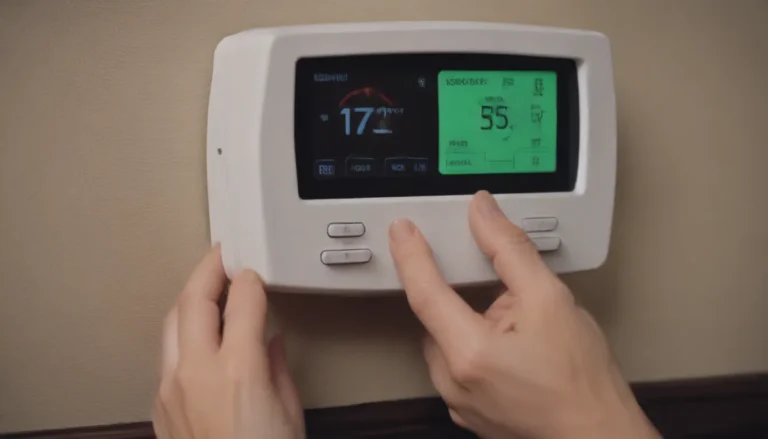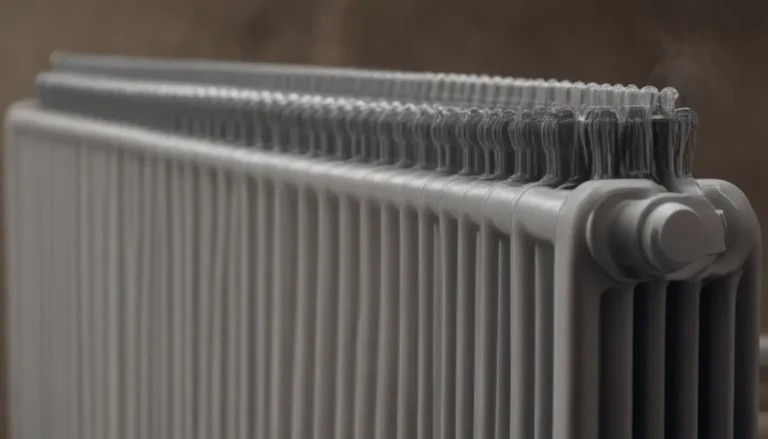The Value of Insulating Your Garage Door

Are you considering insulating your garage door? With energy costs on the rise, homeowners are looking for ways to save money and keep their homes comfortable year-round. One area that often gets overlooked is the garage door. In this article, we’ll explore the reasons why insulating your garage door may be beneficial, the pros and cons of doing so, different methods for insulating garage doors, and when it makes sense to invest in this home improvement project.
Reasons to Insulate Your Garage Door
The garage door is often seen as a weak link in the thermal envelope of a home. Insulating your garage door can help keep your home warmer in the winter, reduce energy costs, and even minimize outside noise. However, it’s important to consider how frequently you use your garage door. If you open and close it multiple times a day, the benefits of insulation may be limited.
Pros of Insulating Your Garage Door
- Keeps your home warmer
- Reduces energy costs
- Minimizes outside noise
- Especially beneficial if you use your garage as a living space
Cons of Insulating Your Garage Door
- Heat loss each time the door opens
- May not be cost-effective if the garage door is rarely used
Methods for Insulating Garage Doors
There are several methods for insulating garage doors, each with its own pros and cons. Some common options include:
- Foam board insulation
- Spray foam insulation
- Cellulose insulation
- Reflective insulation
- Fiberglass insulation batts
New Insulated Garage Doors
If you’re in the market for a new garage door, consider investing in an insulated model. A fiberglass door with a foam core can help prevent energy loss and improve the overall efficiency of your garage. While it may be more expensive upfront, the long-term savings on energy costs may make it worth the investment.
Alternatives to Insulating Your Garage Door
Instead of focusing solely on the garage door, consider other areas of the garage that may contribute to energy loss. Uninsulated floors and walls can be significant sources of heat transfer. By insulating the boundary walls between the garage and the main house, you can improve energy efficiency without solely relying on the garage door.
When to Insulate Your Garage Door
If you use your garage as a living space or plan to supply supplemental heating or air conditioning, insulating the garage door may be beneficial. This is especially true for detached garages that are separate from the main house. However, if your garage is primarily used for storage, focusing on insulating the walls and ceiling may be a more effective strategy.
Garage Door Insulation Kits
For those looking for a DIY solution, garage door insulation kits are available at home improvement centers. These kits typically include vinyl-faced fiberglass batting or expanded polystyrene (EPS) rigid foam panels that can be easily installed on the inside of the garage door.
Air Sealing
In addition to insulating, it’s important to address air gaps and drafts that can contribute to heat loss. Sealing door gaskets, window weatherstripping, and other gaps can improve energy efficiency and maximize the benefits of insulation.
Conclusion
In conclusion, insulating your garage door can be a cost-effective way to improve energy efficiency and comfort in your home. Consider your usage patterns, climate, and budget when deciding whether to insulate your garage door. By weighing the pros and cons, exploring different insulation methods, and considering alternatives, you can make an informed decision that benefits both your wallet and your home’s comfort.





